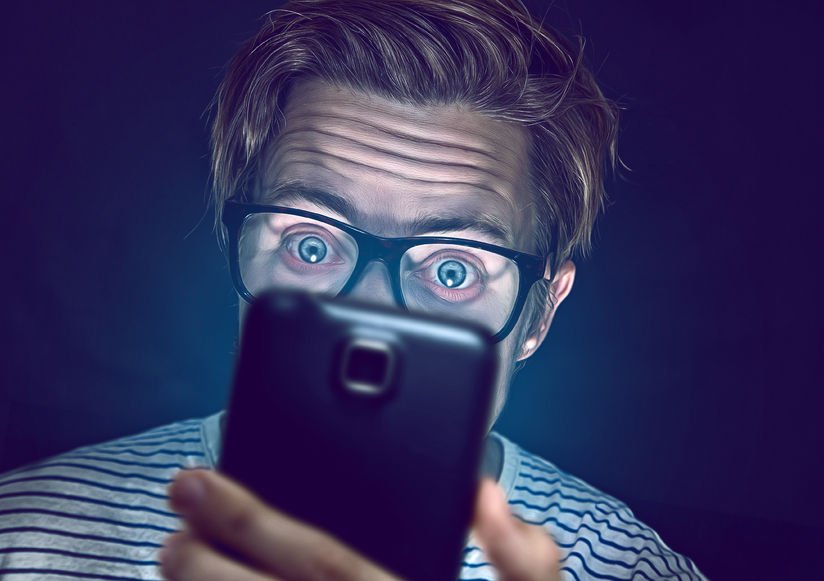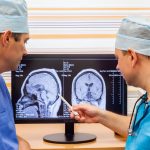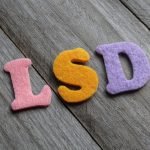Node Smith, ND
Research Finds Imbalanced Brains in those Addicted to Smartphones
Researchers have found an imbalance in the brain of individuals who are addicted to smartphones and/or the internet.1 The study, presented at the annual conference of the Radiological Society of North America (RSNA), used magnetic resonance spectroscopy (MRS) to look at the chemical makeup of screen-addicted teenagers. The intention was to assess chemical changes in the brain associated with this specific form of addiction.
Research Conducted in Seoul, South Korea, a Country Known for Young People Suffering From Technological Addictions
The research was conducted in Seoul, South Korea, a country which has a large number of young people who suffer from internet addiction, gaming addiction and other technological use disorders. As digital devices have become more ubiquitous in society, these are issues most industrialized countries are facing, especially among young people. In a recent study by Pew Research Center, 46 percent of Americans state that they “could not live without their smartphone.2” Obviously and exaggeration, it certainly lends credibility to the idea of tech-addiction.
Smartphone Addiction Scale
The study looked at 19 individuals with a mean age of 15.5 diagnosed with a smartphone or internet addiction, and 19 gender and age-matched healthy controls. 12 of the addicted young adults underwent a 9-week cognitive behavioral therapy (CBT) program, which was modified from a cognitive therapy program for gaming addiction. For assessment of smartphone/internet addiction, standardized internet and smartphone addiction tests were used.3 The questions on these Smartphone Addiction Scale (SAS) tests focus on the extent that smartphone and/or internet use affects daily life, social life, sleep, productivity, and feelings. The higher the score on these tests, the worse the addiction.
CBT Training
The MRS exams were performed on the addicted group both prior and after CBT training. A single exam was performed on the control group. It was seen that the neurotransmitter, GABA and glutamate were significantly elevated in the anterior cingulate cortex. The increased ratios of GABA to glutamate were specifically correlated to smartphone and internet addiction, as well as with depression and anxiety. Having too much GABA correlates with increase in anxiety.
The good news is that the GABA and glutamate levels normalized with the CBT training.
Sources:
- https://eurekalert.org/pub_releases/2017-11/rson-sac111717.php
- http://www.pewresearch.org/fact-tank/2017/01/12/evolution-of-technology/
- Kwon M, Lee JY, Won WY, et al. Development and validation of a smartphone addiction scale (SAS). PLoS ONE. 2013;8(2):e56936.
Image Copyright: <a href=’https://www.123rf.com/profile_lassedesignen’>lassedesignen / 123RF Stock Photo</a>
 Node Smith, ND, is a naturopathic physician in Portland, OR and associate editor for NDNR. He has been instrumental in maintaining a firm connection to the philosophy and heritage of naturopathic medicine among the next generation of docs. He helped found the first multi-generational experiential retreat, which brings elders, alumni, and students together for a weekend camp-out where naturopathic medicine and medical philosophy are experienced in nature. Four years ago he helped found the non-profit, Association for Naturopathic ReVitalization (ANR), for which he serves as the board chairman. ANR has a mission to inspire health practitioners to embody the naturopathic principles through experiential education. Node also has a firm belief that the next era of naturopathic medicine will see a resurgence of in-patient facilities which use fasting, earthing, hydrotherapy and homeopathy to bring people back from chronic diseases of modern living; he is involved in numerous conversations and projects to bring about this vision.
Node Smith, ND, is a naturopathic physician in Portland, OR and associate editor for NDNR. He has been instrumental in maintaining a firm connection to the philosophy and heritage of naturopathic medicine among the next generation of docs. He helped found the first multi-generational experiential retreat, which brings elders, alumni, and students together for a weekend camp-out where naturopathic medicine and medical philosophy are experienced in nature. Four years ago he helped found the non-profit, Association for Naturopathic ReVitalization (ANR), for which he serves as the board chairman. ANR has a mission to inspire health practitioners to embody the naturopathic principles through experiential education. Node also has a firm belief that the next era of naturopathic medicine will see a resurgence of in-patient facilities which use fasting, earthing, hydrotherapy and homeopathy to bring people back from chronic diseases of modern living; he is involved in numerous conversations and projects to bring about this vision.





